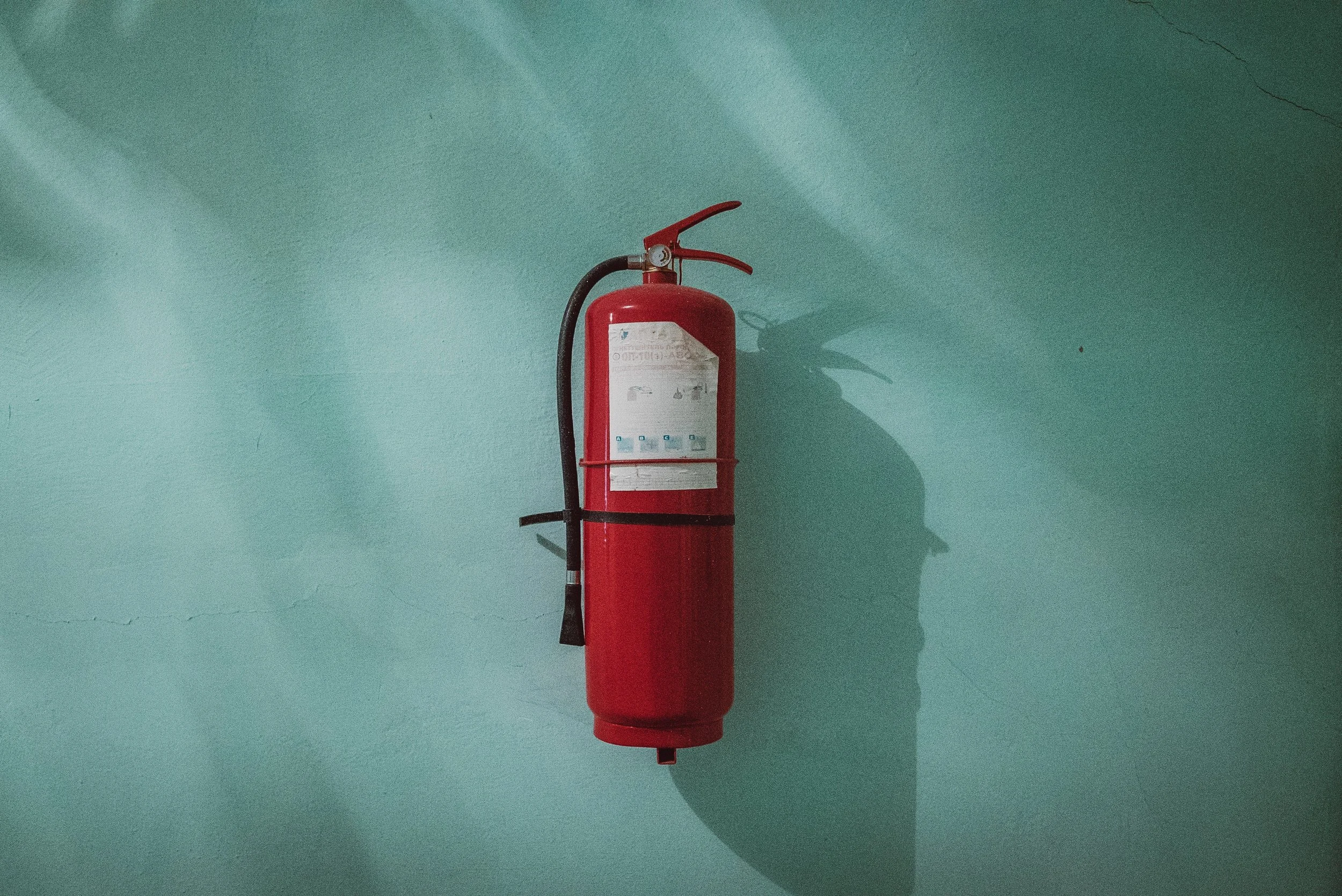Fire Safety Top Tips
It’s a well known and sadly avoidable fact that dirty chimneys can cause chimney fires. Often chimney fires cause structural damage to the building, destroy homes and injure or kill people.
Not all chimney fires burn explosively and therefore are not noisy and dramatic enough to be detected by neighbours or passers by.
Slow burning chimney fires, starved of enough oxygen or fuel to be dramatic or visible still reach very high temperatures and can cause significant damage to the chimney structure and nearby combustible materials.
Through regular maintenance and inspection, chimney fires are entirely preventable and we will recommend an ideal cleaning schedule to ensure your chimney’s safe upkeep. In addition to keeping your chimney clean there are several other measures you can take to prevent a chimney fire:
Used seasoned wood only (dryness is more important than the type of wood used)
Build smaller, hotter fires which burn more completely and produce less smoke
Avoid burning cardboard boxes, paper, rubbish or Christmas trees (these can spark a chimney fire)
Chimney fires burn at around 2000 deg Fahrenheit which, in masonry chimneys can melt the mortar, crack tiles, cause liners to collapse and damage the outer masonry material. Most often tiles crack and mortar is displaced which then provides a route for flames to reach the timbers of the house. It is also possible for enough heat to be conducted through a perfectly sound chimney and ignite nearby flammable objects such as bedding or furniture.
Damage in pre-fabricated or metal lined chimney systems can still occur, usually in the form of buckled or warped seams and joints. When pre-fabricated or metal chimney liners are damaged by fire, they should no longer be used and must be replaced.
What causes a chimney fire?
Solid fuel stoves and fireplaces are designed to safely contain and burn fuel, providing heat for your home. The chimney which serves them have the job of expelling the exhaust fumes and other substances produced by the burning fuel. As they rise up the chimney and cool down, condensation occurs and forms a residue which sticks to the inside of the chimney. Usually black or brown in appearance, it is highly combustible and in sufficient quantities can ignite.
Certain conditions encourage the problem; restricted air supply, unseasoned wood and cold chimney temperatures (especially external wall chimneys) are all factors that can accelerate the buildup of flammable residues.

